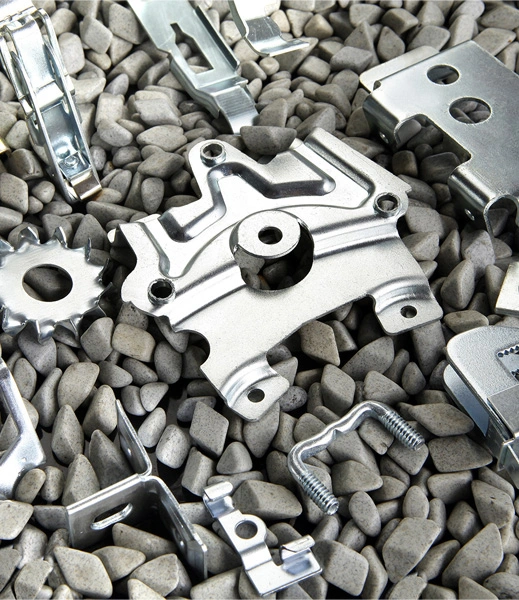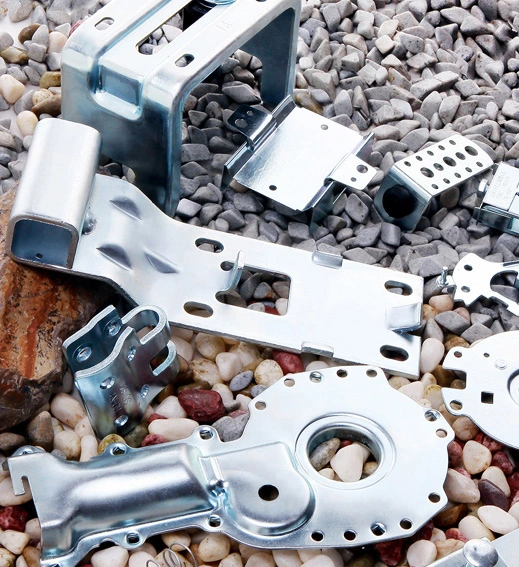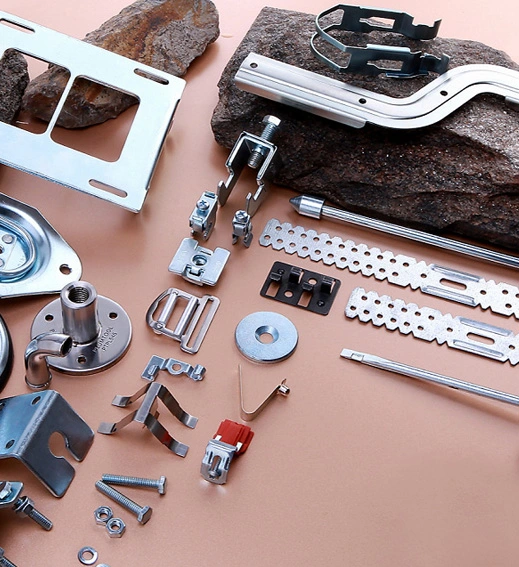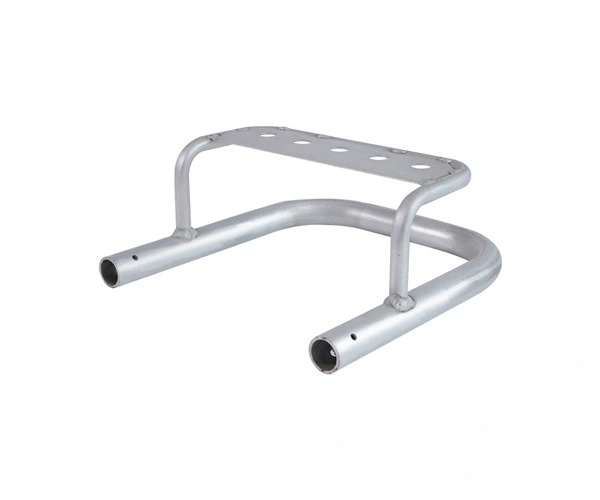
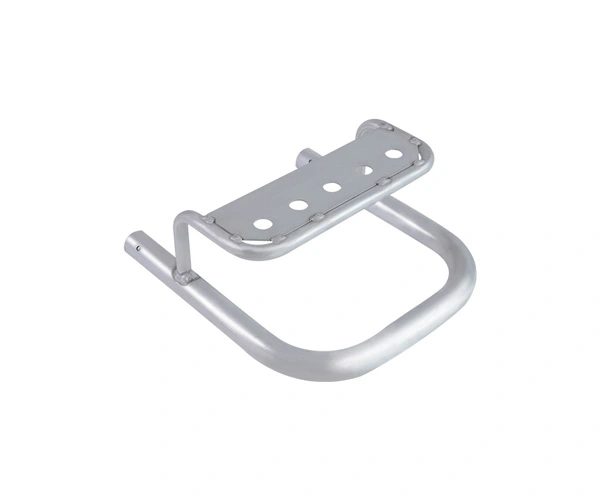


Material: aluminum
Surface: clear anodization
Customized Size
Main Process: extrusion, bending and welding
Tolerance: ±0.1mm
Welding and processing of aluminum profiles Aluminum alloy support weldment of portable ladder for ship Aluminum pipe support Welding of aluminum parts
Because the laser welding process of copper and aluminum is an efficient and high-precision metal connection method. This process utilizes the high energy density of a laser beam to locally heat the surfaces of copper and aluminum above the melting point, and then mix the two metals through a molten pool to achieve their connection. The key points include the following:
1. Material preparation: Ensure that the surfaces of copper and aluminum are clean and free of oil, oxides, or other impurities. This can be achieved through methods such as mechanical cleaning, chemical cleaning, or laser cleaning.
2. Fixture design: Design appropriate fixtures to ensure precise alignment and stable fixation of copper and aluminum during the welding process. The fixture should be able to withstand the thermal stress and deformation generated during the welding process.
3. Preheating: Due to the good thermal conductivity of copper and aluminum, preheating may be necessary to increase the temperature of the welding area, reduce thermal stress, and reduce thermal deformation.
4. Laser welding: Use a laser welding machine for welding. Adjust parameters such as laser power, welding speed, and defocus to achieve optimal weld quality and stability. Ensure that the laser beam is accurately focused at the junction of copper and aluminum to achieve good fusion.
5. Protective gas: During the welding process, use protective gases such as argon or nitrogen to prevent oxidation of copper and aluminum. Ensure that the protective gas is sufficient and evenly distributed in the welding area.
6. Cooling: After welding is completed, a cooling device can be used to cool the welding area to reduce thermal stress and minimize thermal deformation.
7. Post processing: Check the quality of the weld seam and remove possible welding defects such as pores, cracks, etc. Perform necessary post-treatment on the weld seam, such as grinding, polishing, etc., to obtain the required surface quality.

